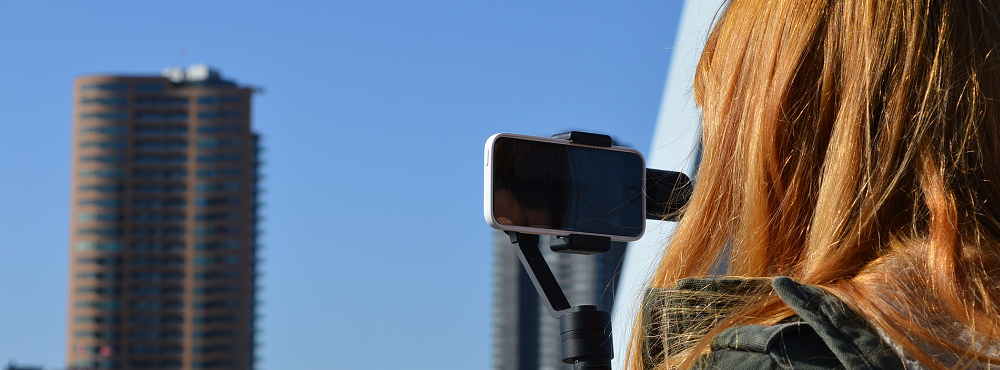You don’t have to be a professional videographer to create great video. However, in order to create that great video, it does take some creativity, planning, patience and practice to get it right. In our three part video production series, we’ll outline our top tips to help you get your video groove on. Let’s start with Part 1: Pre-Production (before the video is shot).
Storyboard or script your shoot
- Sketch out or take photos or sketches of what you’d like within each scene so you can plan out what you’ll need during the shoot. This also helps to plan out what B-Roll footage or photos you may need.
- Write out the content flow associated with each scene to check time (you may have to cut content if too long) and if you’re giving the viewer the most impactful information.
Location, location, location
- Scope out your shoot location so you can prepare for any possible issues.
- Outdoors: Check where the sunlight will be at different times of the day. Listen for possible ambient noise that you’ll need to compensate for. Watch for potential traffic or busy times to avoid (i.e. lots of people around – unless that’s what you want).
- Indoors: Check for natural light, possible background distractions such as photos or other details that need to be removed, check acoustics, and get permission if in a public location like a coffee shop or tradeshow floor.
Prep presenters or interviewees in advance

Moire Pattern Example
- Give them a sample of the script, but don’t have them memorize. They need to be familiar with the content and speak to it in their own voice. Provide interviewees with the questions so they can prepare their answers.
- Let them know what will happen during the shoot along with where and when to meet.
- Provide guidelines on what to wear so you get the look you want. No busy or moire patterns and avoid dark colours as they absorb light and there will be less definition.
Have your gear ready
- You don’t need a fancy camera or high-end equipment to get a great video. Essentials are: smartphone, a handheld smartphone gimbal like the DJI’s Osmo Mobile 2, decent microphone (or second smartphone to record sound), and supplemental lighting. If shooting indoors and don’t have studio lights just position the subject facing a window and use the sun as your source.
- Make sure everything is charged and ready to go before the shoot (don’t forget your charging cables!). Bring a portable power bank battery charger for back up.
Planning ahead can make a huge difference to the success of your video shoot. Tell us about your next video project and we’ll help you create great video that will engage your customers and prospects.




